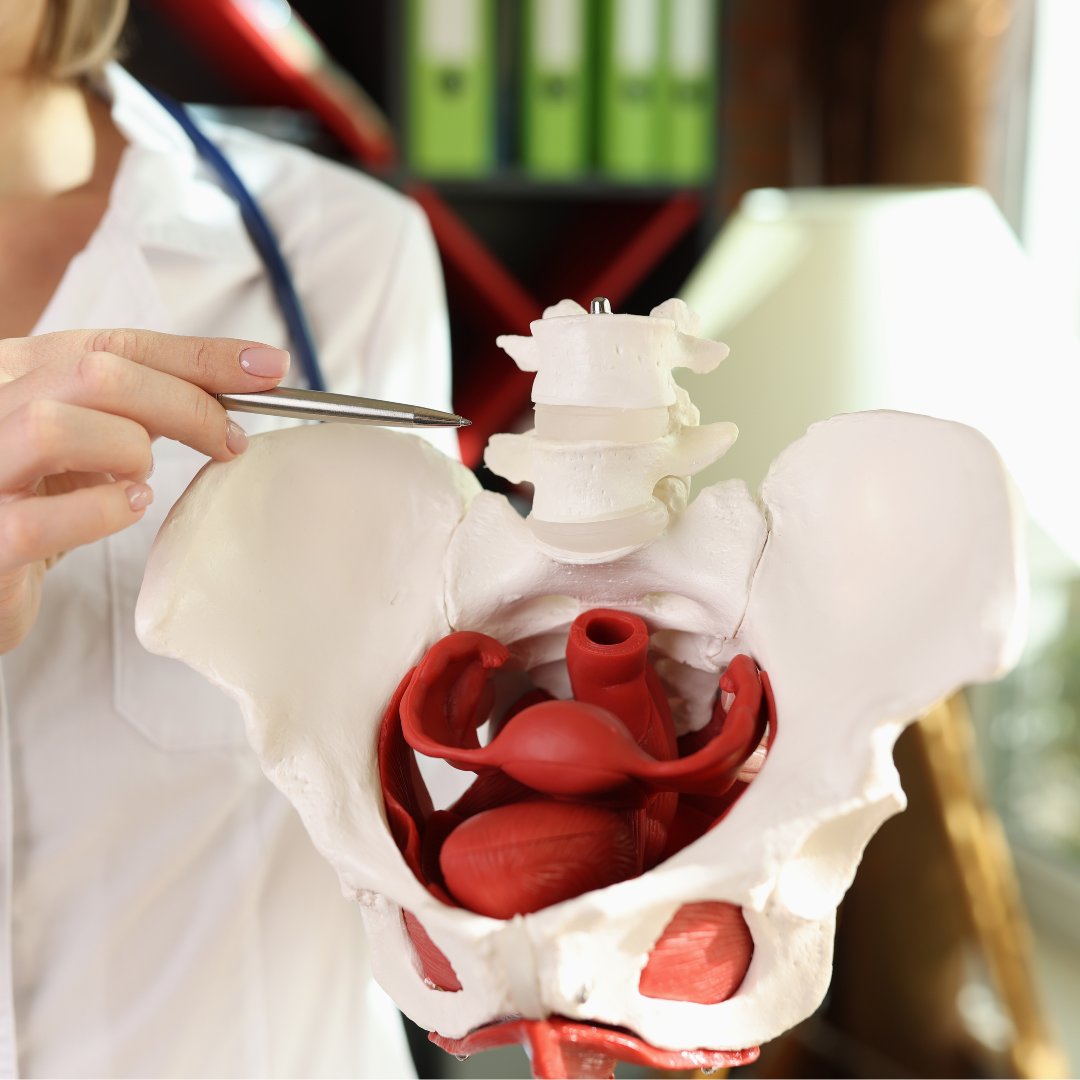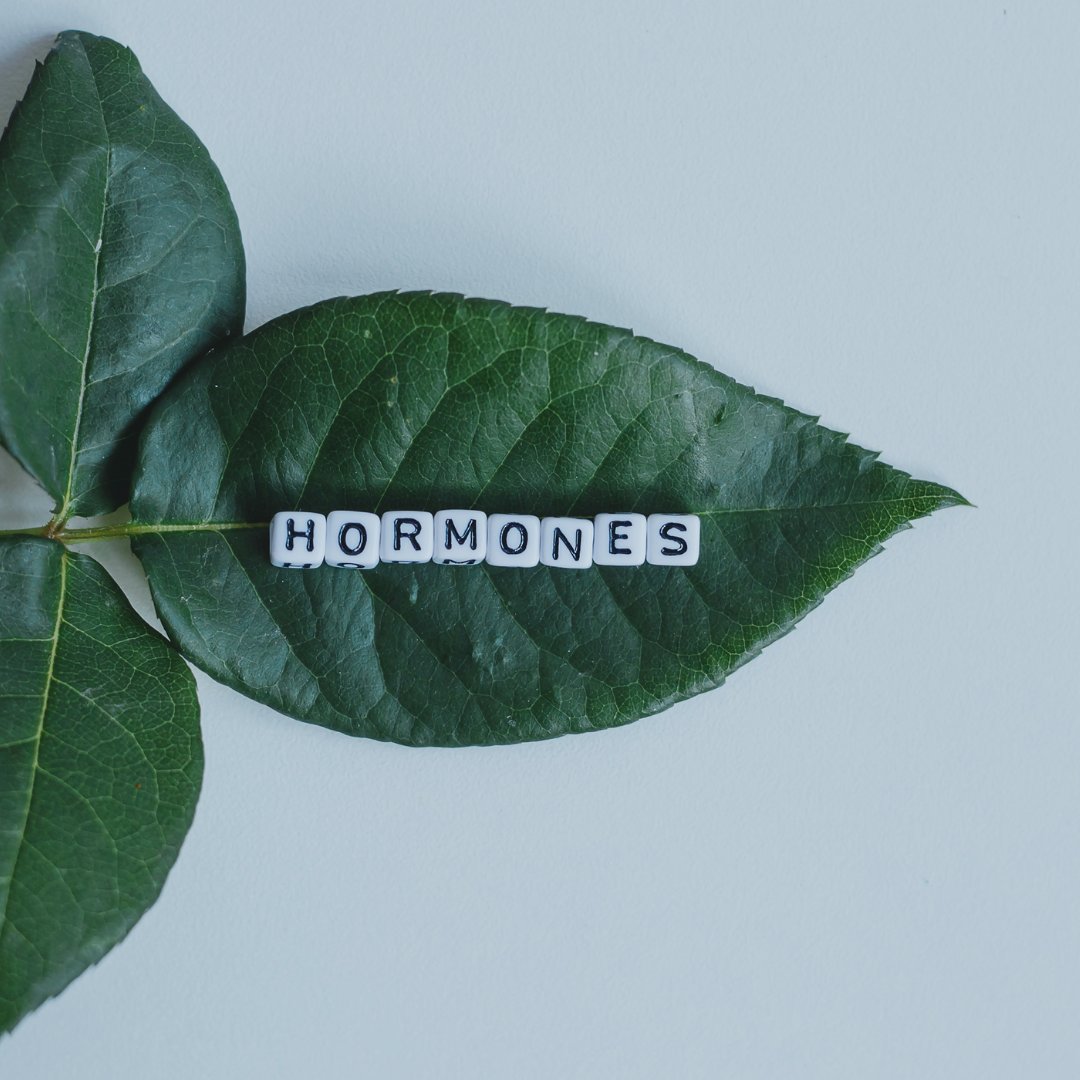Losing bone mass is a normal process of aging. During the menopausal transition, women experience an acceleration in the loss of bone mass due to declining estrogen levels. This can lead to a disease called osteoporosis. Low bone mass and osteoporosis increase the risk of fractures which can be painful and disabling.
During the first 5 years after menopause, women experience a 20% reduction in bone mass which then levels off with time. Low bone mass and osteoporosis are generally painless conditions until a fracture occurs. Approximately 15% of women in the US have osteoporosis resulting in more than 2 million osteoporosis-related fractures each year. Because of the silent nature of this disease, you may be unaware that you have osteoporosis until it’s too late.
Focusing on risk factors for osteoporosis, menopausal women can minimize their risk of fractures by optimizing their bone health.
Common risk factors for osteoporosis include:
- Being older than age 65
- Having a history of previous fractures
- Family history of osteoporosis
- BMI less than 20
- Smoking cigarettes
- Drinking more than 3 alcoholic drinks per day
Other risk factors include menopause before the age of 40, chronic medical conditions such as rheumatoid arthritis, celiac disease, thyroid disorders, diabetes, or taking certain medications such as steroids.
How healthy are your bones?
This is an important question for all midlife women. You may have osteoporosis and never know it - your bones won't let you know they are getting weak.
Since your bone density cannot be assessed at a typical physical exam, a special X-ray called a DEXA scan is needed to visualize and measure your bone health/density and determine if medications including estrogen, might be beneficial for you. Results can show normal bone density, mild low bone density (osteopenia), or severe low bone density (osteoporosis). No matter your DEXA results, all women should follow the recommended guidelines to optimize their bone health.
The Menopause Society and the American College of Obstetricians and Gynecologists (ACOG) recommend the following:
- Engaging in 150-300 minutes per week of moderate-intensity activity or 75-150 minutes per week of vigorous-intensity activity
- Incorporating weight-bearing and resistance exercises such as free weights, resistance bands, jogging, stepping, jumping rope, or tai chi
- Ensuring you are receiving adequate calcium and vitamin D intake- either through your nutrition or a supplement (a 1 cup serving of dairy containing 200 mg of calcium-green leafy vegetables are also good nutritional sources of calcium). The Osteoporosis Foundation recommends 1200mg of calcium and 1000 IU of Vitamin D daily for women over 50 years, although some women need more.
- Stopping smoking
- Decreasing alcohol consumption
- Implementing measures to decrease your risk of falls at home
- Discussing options for estrogen therapy with your menopause specialist to maximize your bone health
While not formally recommended by any medical society, research on collagen peptides in post-menopausal women shows promise in helping maintain your bone density in your spine and hip. Since all supplements are unregulated if you want to give them a try, make sure you choose a product that has the Good Manufacturing Practice seal.
Prevention of low bone mass and osteoporosis is possible! As soon as menopause arrives, it is important to talk with your menopause specialist and make an osteoporosis prevention plan.
Schedule an appointment today to learn how to take steps to optimize your bone health during the second half of your life.




